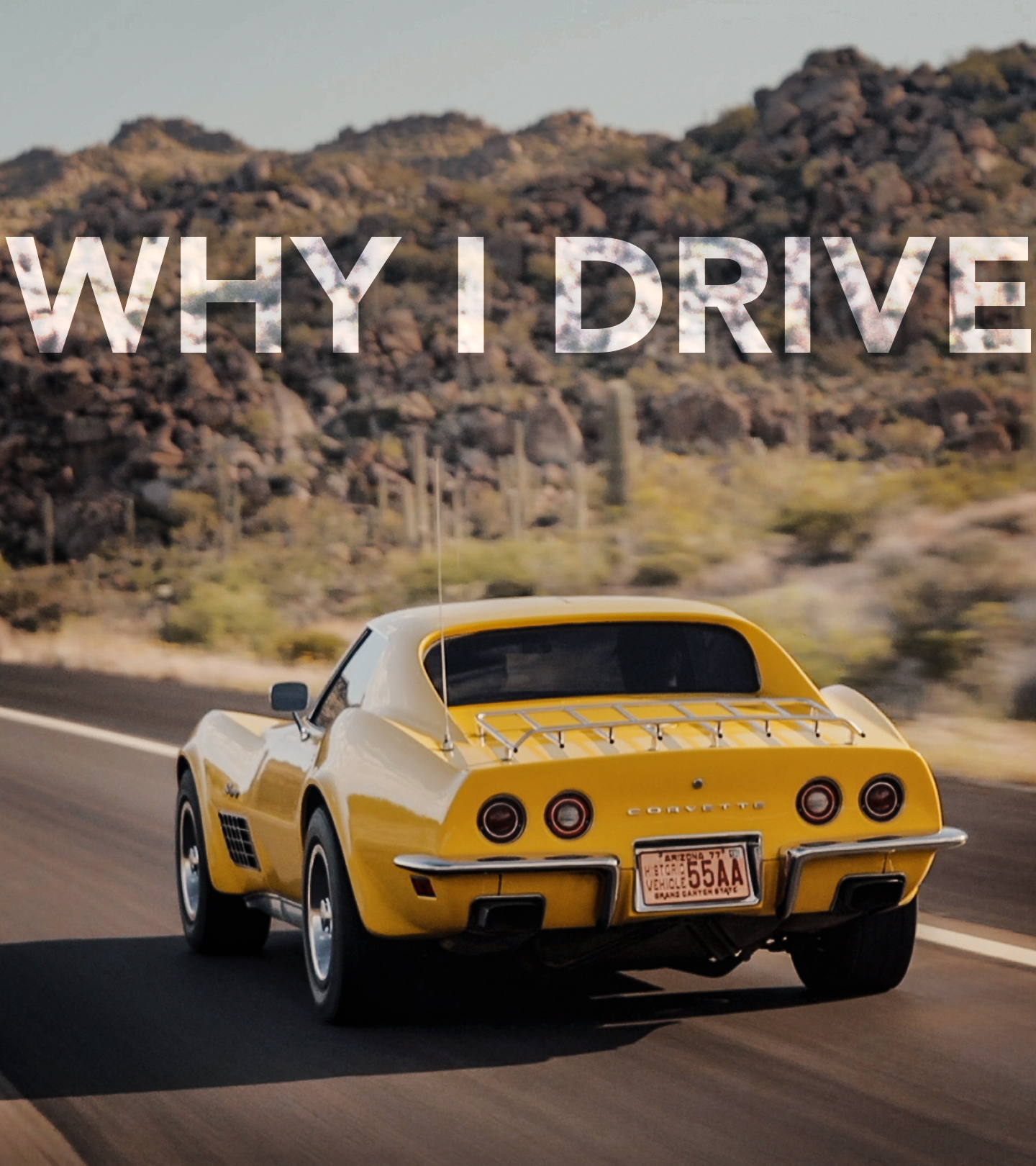Enjoy Season 7 stories, opinion, and features from across the car world - Hagerty Media
Tom Cotter has shifted gears for the latest episode of Barn Find Hunter, leaving dusty sheds and rusty sheetmetal in favor of a tour of Detroit landmarks and some noteworthy cars that were designed, engineered, and built in and around the Motor City. His first vehicular deep dive is a look into the history of a very special 1965 Mustang that was built for and owned by Henry Ford II.
The car in question has been owned by Art Cairo, a longtime Ford employee who bought the unique pony car 45 years ago for just $500. Cairo had the car restored and replaced any rotted sheetmetal with new-old stock that he went to great length and expense to track down, making sure that this piece of history is still all Ford.
Cairo shows Tom some of the unique details that set this coupe apart from the millions of other Mustangs built in the ’60s. Perhaps most apparent is the leather interior, which wasn’t offered on early Mustangs. The door jamb also reveals chrome door strikers and a nicely finished seam where the jamb meets the quarter panel rather than a clear overlap and spot welds.
There are also several less-obvious, telltale signs that this wasn’t a run-of-the-mill pony car. For example, the back of the instrument cluster has “Henry Ford’s car” hand-written in marker and there’s a scatter shield bolted to the transmission tunnel. Under the hood is a high-performance K-code 289-cubic-inch V-8 that was not available on early 1965 Mustangs.
This car is just the first of many that Tom will highlight on his special trip through Detroit, so make sure to subscribe to Hagerty’s YouTube channel so you don’t miss any of the hidden gems of Motor City history.










